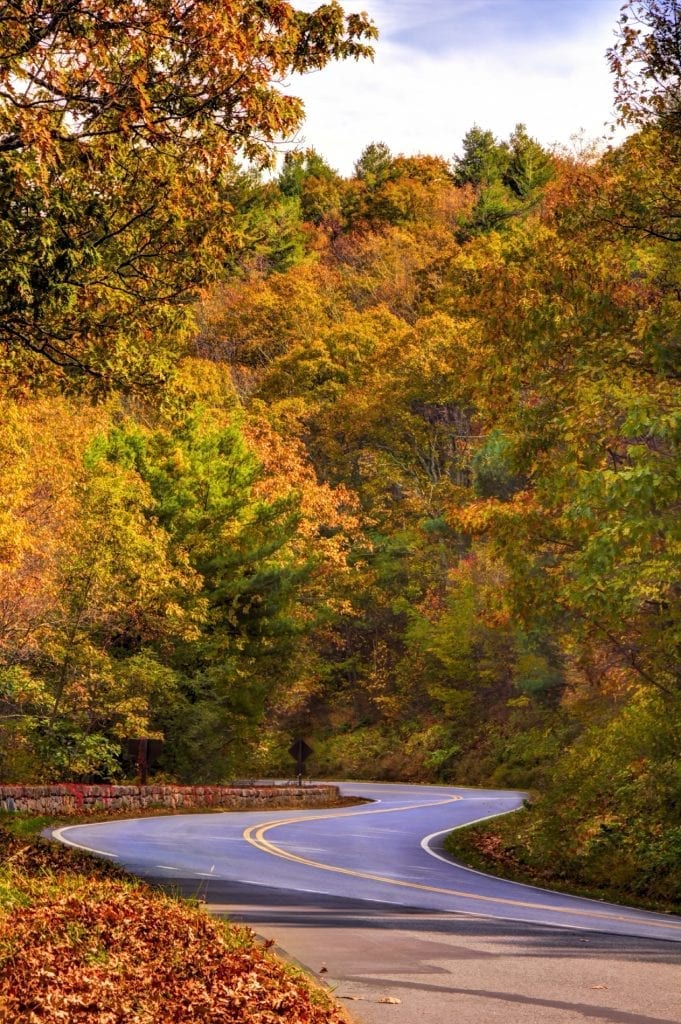
Virginia is widely recognized as one of the most scenic states, with a great diversity of scenic resources. Scenic Virginia believes the following assertions are true:
- Aesthetically pleasing scenery plays a large role in the psychological well-being of our citizens.
- Scenic resources make a major contribution to the quality of life in Virginia. Scenic resources increase property value.
- Viewing scenery (sightseeing) is by far the most popular recreational activity in the United States.
- Virginia’s scenic resources are arguably the major tourist attraction in the state, and thus make a significant contribution to our economy.
- Virginians place a high priority on the protection of visual resources in the state.
- Virginia’s scenic beauty is often subtle, and therefore more vulnerable to incremental degradation.
- Surveys and studies show that utility corridors are among the most visually unattractive and visually detrimental land uses in the state.

Resources
Virginia Holds its scenic resources in high esteem, as demonstrated by the following documents and organizations.
A 2000 General Assembly report called The Impact of Aesthetics on the
Economy and Quality of Life in Virginia and Its Localities summarizes the many benefits of protecting and caring for the scenic resources and significant viewsheds of the state.

The Virginia Outdoors Plan is the Commonwealth’s Conservation and Recreation Plan. This document and the associated inventories list all the public lands and private lands with recorded easements protecting the site resources. It also identifies the Agricultural, Forest, and Historic Districts in the state.
The Bureau of Land Management (BLM) is responsible for managing public lands for multiple uses. BLM is also responsible for ensuring that the scenic values of these public lands are considered before allowing uses that may have negative visual impacts. BLM accomplishes this through

According to the National Park Service‘s BLM Visual Resource Management (VRM) Guidelines Appendix on Visual Resources, the Blue Ridge Parkway’s views are an example of quantifiable assets. With $2.2 billion spent annually in the 29 counties in Virginia and North Carolina that surround the parkway, there is a lot of money to be lost if scenic vistas sprout raw utility corridors and scars. “If Parkway views are changed dramatically, then visitors won’t stop coming, but they might stop visiting that section of the Parkway,” said Gary Johnson, chief of planning and professional services for the parkway. “Changing the vistas changes the way the visitors spend money.”
Scenic Virginia’s Policy Statement on Utility Corridors
- Aesthetics and the protection of visual resources should be given a very high priority in the planning, routing
and design of utility corridors to make them as unobtrusive as possible. - Landscape architects, planners and other design professionals with knowledge, expertise and experience in visual resource analysis, assessment, design
and management should have a significant, responsible role in all utility transmission corridor planning, routing and design projects. - Utility transmission corridors should not be located within view of areas of exceptional scenic quality or designated scenic or cultural resources. (Note: The Virginia Outdoors Plan is the Commonwealth’s approved conservation plan, and should be used as the primary reference for identification of scenic, natural, historic, recreational, and cultural resources.)
- Utility transmission corridors typically result in negative visual impacts on their surroundings. When this occurs, the use of screening and other techniques — including but not limited to the use of existing corridors and underground installation — should be employed to mitigate the damage to scenic resources.
